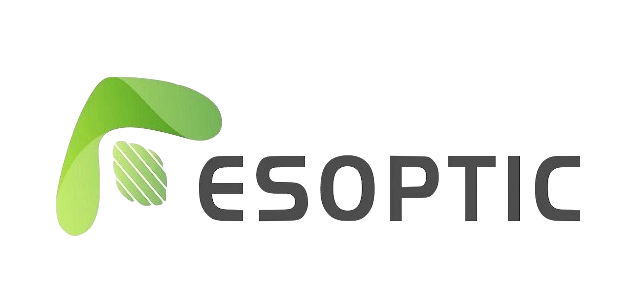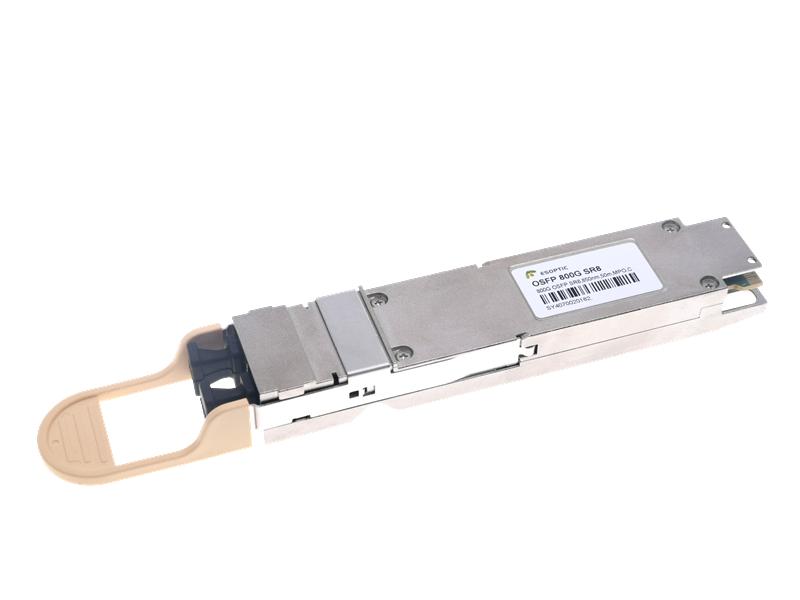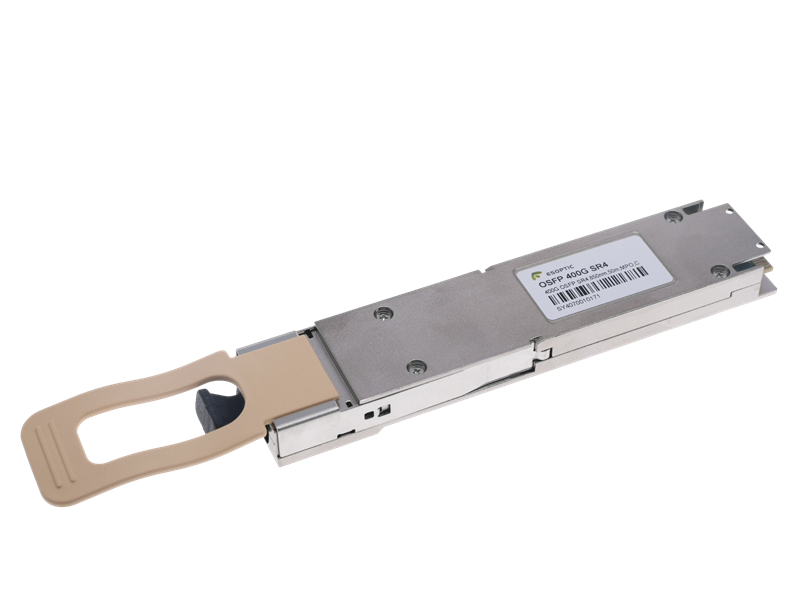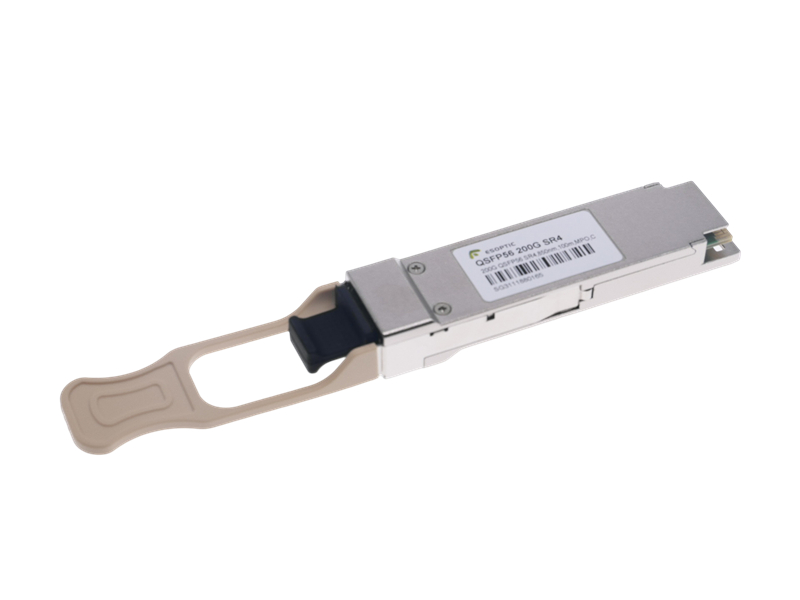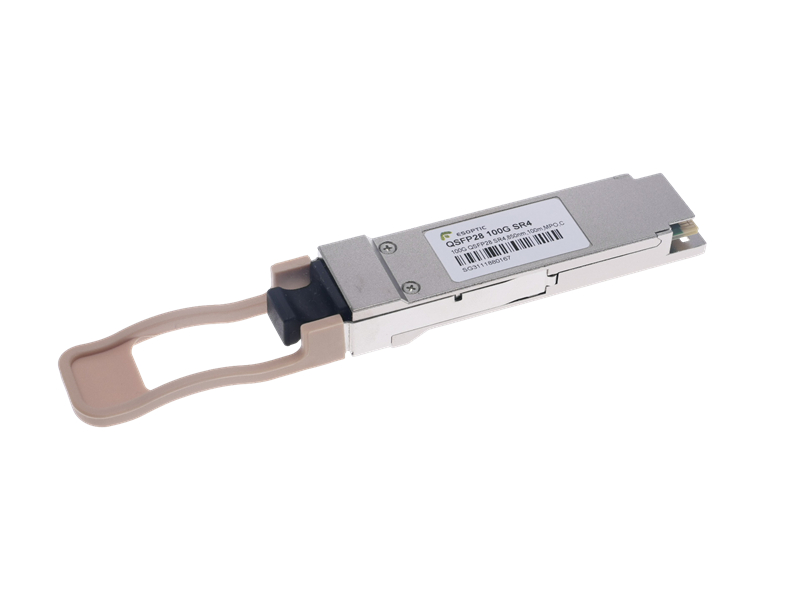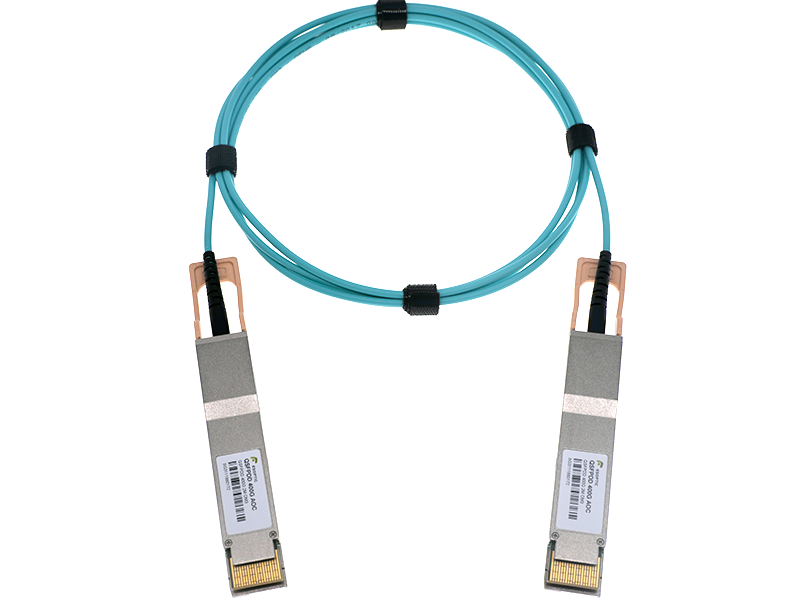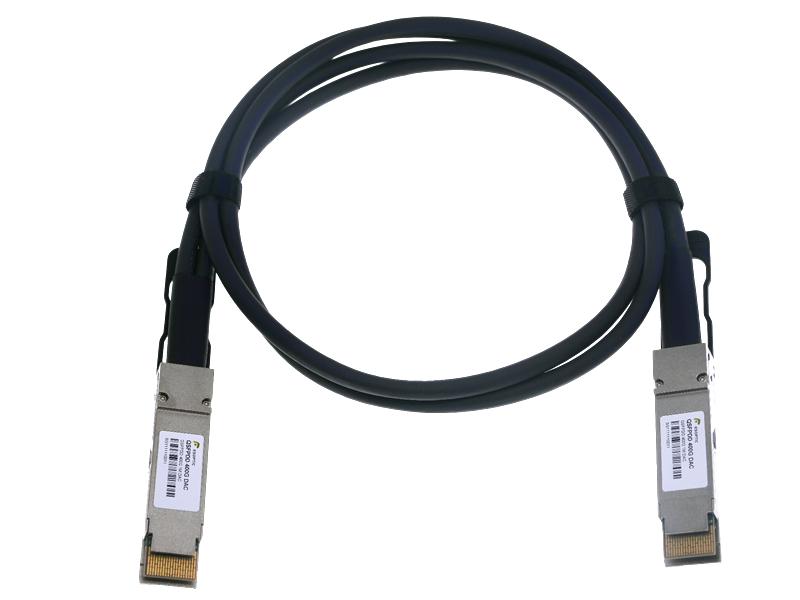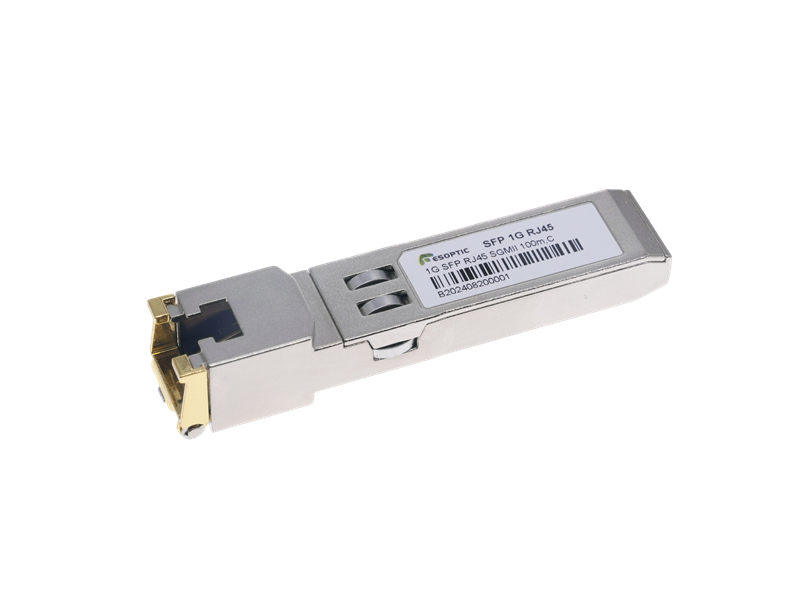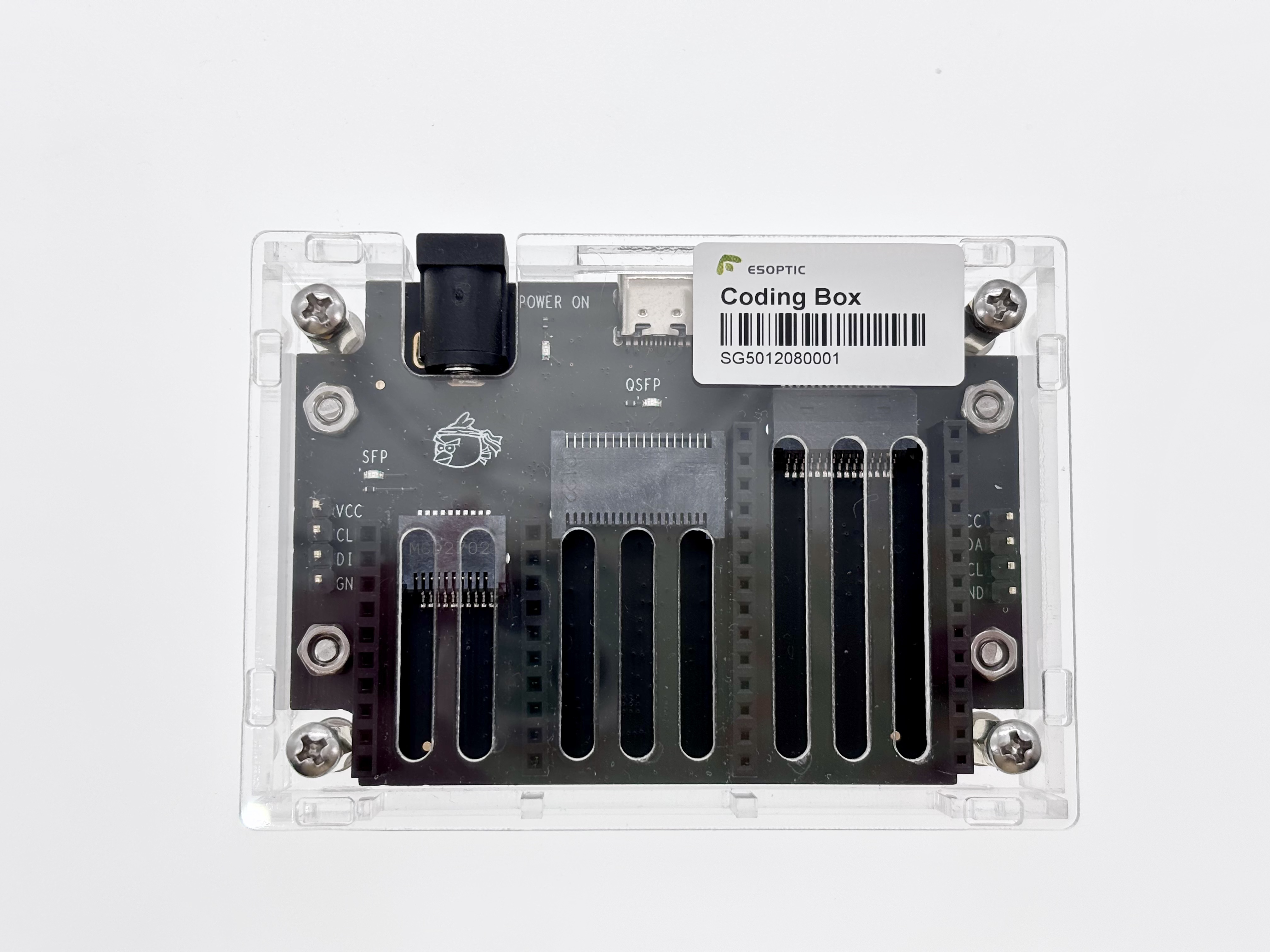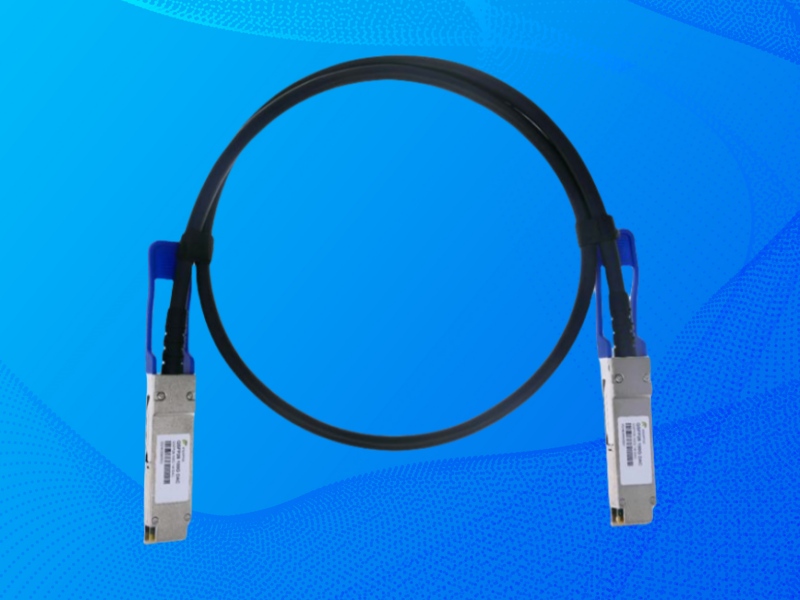Abstract:
In the fast-evolving landscape of optical communication, the 100G DAC cable stands out as a powerful solution. This blog unpacks its technology, benefits, and applications, with a focus on the 100G QSFP28 DAC cable and its role in high-speed connectivity.
What is a 100G DAC Cable?
In today’s data-driven world, speed is everything. That’s where the 100G DAC cable comes in—a high-performance, copper-based Direct Attach Cable designed to handle blistering 100 gigabits per second data rates. Used primarily for short-range connections, it’s a staple in environments where networking equipment like switches, routers, and servers need to talk to each other quickly and reliably.
The 100G DAC cable arrives pre-terminated with transceivers, typically in the QSFP28 form factor, making it a plug-and-play marvel. Whether you’re linking devices within a rack or across a small data center space, this cable delivers efficiency without the complexity of optical setups.
How Does a 100G DAC Cable Work?
At its heart, the 100G DAC cable relies on twinaxial copper wiring to transmit electrical signals. This dual-conductor design cuts down on interference, ensuring that data zips between endpoints with minimal hiccups. The 100G QSFP28 DAC cable, in particular, adheres to the QSFP28 standard, supporting four lanes of 25Gbps each to hit that impressive 100Gbps mark.
You’ll find two types: passive and active. Passive versions keep things simple and cost-effective for distances up to 5-7 meters, while active 100G DAC cables use built-in electronics to enhance signal strength, stretching their reach slightly further. Either way, low latency and high throughput make them a favorite for demanding applications.
Why Choose a 100G DAC Cable?
What sets the 100G DAC cable apart? For one, it’s a wallet-friendly alternative to fiber optics. By skipping the need for separate transceivers or signal conversion, it slashes both cost and setup time. It’s also incredibly dependable—fewer components mean fewer points of failure.
Installation is a breeze too. Pop a 100G QSFP28 DAC cable into place, and you’re good to go—no intricate configurations required. Plus, its compact, sturdy build helps keep cabling tidy, a bonus in cramped server rooms where every inch counts.
Applications of the 100G DAC Cable
The 100G DAC cable shines in short-range, high-speed scenarios. Picture a bustling data center: servers connecting to top-of-rack switches, storage systems linking up, or high-performance computing clusters crunching massive datasets. That’s where you’ll spot a 100G QSFP28 DAC cable in action.
Beyond data centers, it’s gaining traction in enterprise networks and even telecom setups needing quick, reliable interconnects. As bandwidth demands soar, this cable proves its worth as a scalable, efficient solution for the 100G era.
The Future of 100G DAC Cables
The story of the 100G DAC cable is far from over. With data needs skyrocketing, innovations like enhanced active designs could push its limits further. While fiber optics dominate long-haul connections, the 100G QSFP28 DAC cable holds strong for short-range tasks, blending performance with practicality. It’s a technology that’s here to stay, adapting to the ever-growing pulse of modern networking.
Summary:
The 100G DAC cable is a cornerstone of high-speed, short-range connectivity. From the versatile 100G QSFP28 DAC cable to its cost-effective design, it powers data centers and beyond with ease and reliability.
FAQ
1. What is a 100G DAC cable used for?
It connects networking gear like switches and servers over short distances, delivering 100Gbps speeds.
2. How long can a 100G QSFP28 DAC cable be?
Passive versions reach up to 5-7 meters; active ones extend slightly further.
3. Is a 100G DAC cable better than fiber optics?
For short ranges, yes—it’s cheaper and simpler. Fiber wins for longer distances.
4. What’s the difference between passive and active 100G DAC cables?
Passive uses plain copper; active includes signal-boosting electronics.
5. Where is the 100G QSFP28 DAC cable most common?
Data centers, enterprise networks, and high-performance computing setups.
